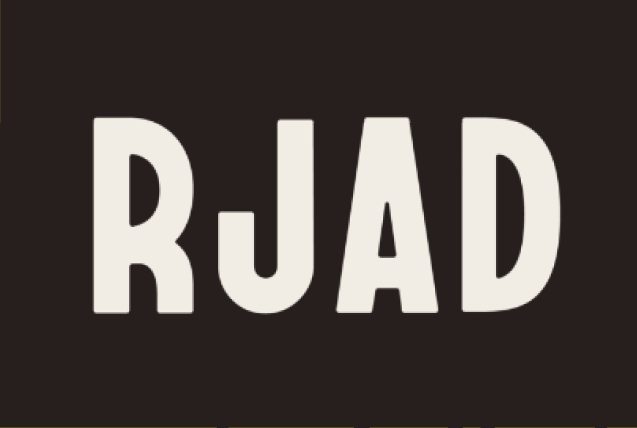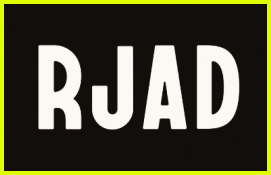I, Too, Sing America
About This Class
Description
This course module American history through the lens of artistic expressions of Black folx, focusing primarily on music and spoken poetry. Through a preselected playlist, students will engage with various forms of artistic expression, analyze their historical context, and discuss their socio-political significance. Emphasis will be placed on understanding the role of artists and their work in social movements, and critically evaluating the relationship between art and propaganda.
Topics/ Learning Objectives
Students/ participants will be able to:
- Identify news clips that correspond to historical events that inspired the songs/poem shared in class
- Discuss the effects socio-political movements have on the Arts
- Differentiate between art and propaganda
- Create art to communicate a specific need for change
- Analyze the relationship between socio-political movements and artistic expression in the context of Black experiences.
- Evaluate the role of artists in shaping and contributing to social and political movements.
- Critically examine the intersection of art and social change, distinguishing between artistic expression and propaganda.
- Understand the historical and contemporary significance of Black artistic movements in American culture.
- Identify gaps and limitations in the representation of Black experiences in the selected artistic expressions.
Additionally, students will be able to answer the following questions:
- How are specific socio-political movements and events reflected in the contemporaneously expressed music?
- What role does the artist play in the social movements of their moment
- What role does art play in the movement?
- What is the difference between art and propaganda? Is there a difference?
- Examples of politically/socially revolutionary artistic movements. (How were they regarded in their time? How are they regarded now?)
- What music is missing?
Required Material
Find on Bookshop, Online, or your local library
Find on Bookshop, Online, or your local library
Find on Bookshop, Online, or your local library
Find on Bookshop, Online, or your local library
Find Online
Find on Bookshop, Online, or your local library
Find on Bookshop, Online, or your local library
Find Online, or your local library
Find on YouTube
Suggested Material
Find on Apple Music
Find on Youtube
Find on Youtube
Find on Online
Find on Bookshop, Online, or your local library
Schedule and Assignments
Optional Thematic Section: Addressing Gaps and Looking Ahead
Session 1: Identifying Gaps in the Selected Playlist and Discussing Omissions
Session 2: Exploring Other Forms of Black Artistic Expression: Film, Literature, and Visual Arts
Session 3: Student Presentations on Contemporary Artistic Expressions
Session 4: Course Conclusion and Final Reflections
Expectations and Assessments
Assessment:
Class Participation and: 20%
Entries and Engagement in Online Discussion Platforms: 30%
Midterm Analysis Paper and Presentation: 25%
Final Project and Presentation: 25%
- Class participation: As discussion and communal examination of this material is essential to the course, students are expected to attend and engage the material with the class/cohort. Inconsistent or insufficient attendance will result in an incomplete—at best.
- Discussion Board Posts: Each week students will listen to themed music selections for that week, and engage the related written text (lyrical or commentary). After listening to the assigned audio clips, each student will make an initial post reacting to the pieces they listened to. This initial post is due at least 3 days before the next class meeting. By class time, students should respond to someone else’s discussion post. The initial post should be 2-3 paragraphs in length, and the reply post should be 1-2 paragraphs in length.
- Midterm: Students identify a topic explored in the Black in America playlist. Student presents to the class 2 songs relevant to the selection—either from the Black in America playlist of the student’s choice. Presentation should show an understanding of the song or artist’s social or political engagement, and of the historical context in which the songs were offered or written.
- Final: Students curate and present to the class playlists constructed by student teams, using the segment themes offered in the original playlist or new themes submitted and approved by the instructor. Each team chooses one themed section of their playlist and presents the spoken intro and one selection from that section, explaining the relevance of the selections. After class listens to the selection, the student team leads discussion of the offering.


